STUDENTS PROJECTS
2010
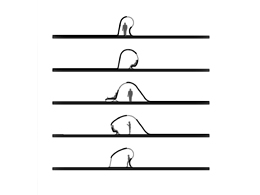
10 January, 2011
A4: Cutting, Folding, Joining
Indicative application at Eleftheria's square and study of urban equipment application in 1:1 ratio.
Students: Xexaki Evdoxia, Pavlou Panagiota
Mentoring tutor: Gavrilou Evelin
University of Thessaly - Department of Architecture
Presentation date: September 29th 2010
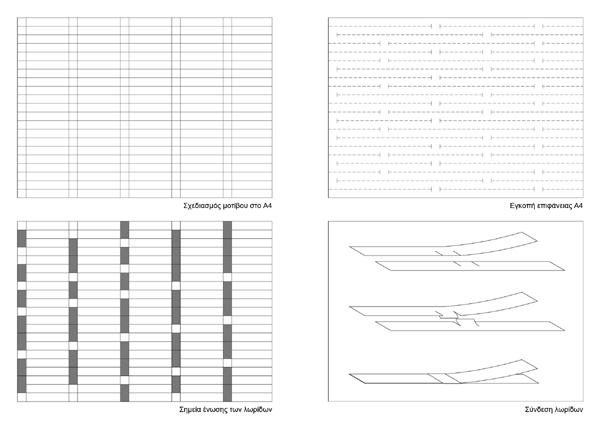
Following a designing procedure, which obeys specific rules, we process surfaces of A4 sized paper. The products which can emerge from the procedure are many and different. By orientating the procedure and our project, we decide to project on the redesign of a square in the centre of Volos and the design of objects of urban equipment.
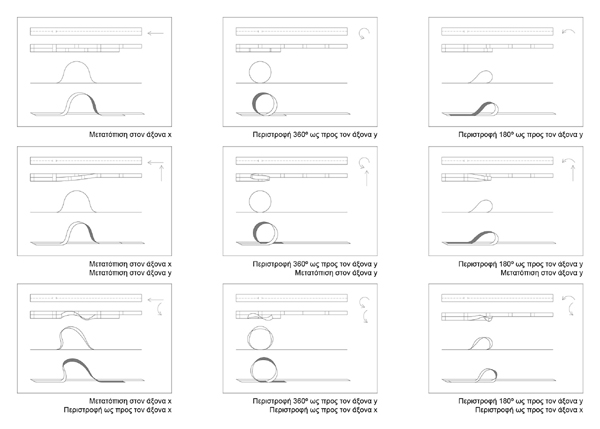
Our diplomatic project concerns a designing procedure which is based on repetition and variation. The procedure we have followed, has as its starting point, a surface of A4 sized paper.
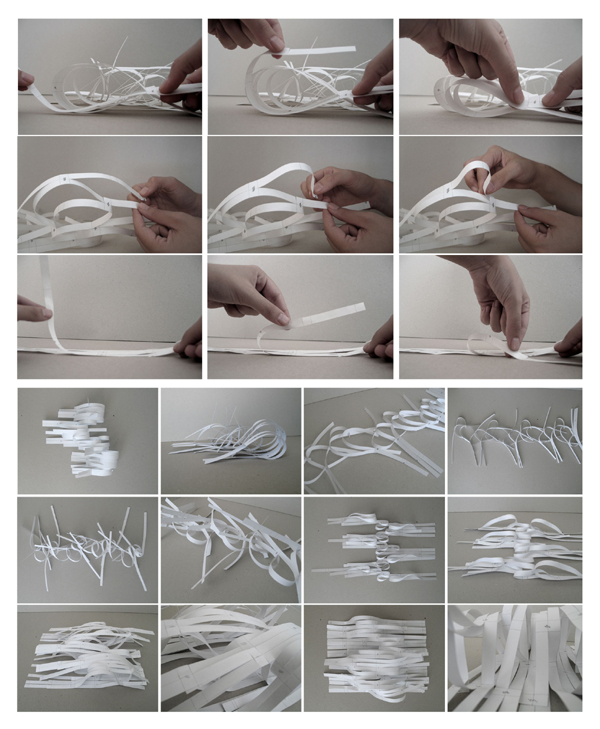
On the paper, we designed a pattern of horizontal and vertical lines. In this way, there are being created horizontal strips, which are divided in small and large parts. We continued by cutting along the lines of the pattern in such a way, in which the surface remains single. The form of the surface differentiates by removing, with displacement or rotation, the small parts of each strip. Any movement affects the whole of the surface, as all of the strips are conjoined in some parts and interact with each other. The surface is being stabilized in different forms by connecting the small parts of the strips with each other. According to which parts are connected with each other, different forms appear from the system.
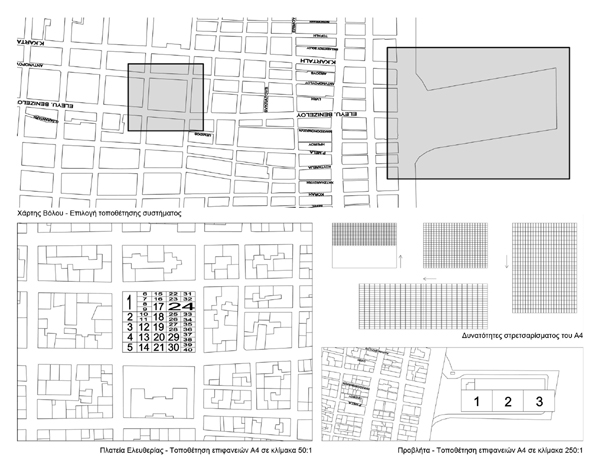
The rules followed by the system are not restrictive. They have a range of flexibility. According to where the strips are cut and how they are removed, the form appearing differentiates. This happens because of the flexibility of paper, which presents in its form, every different movement and influence as curvature.
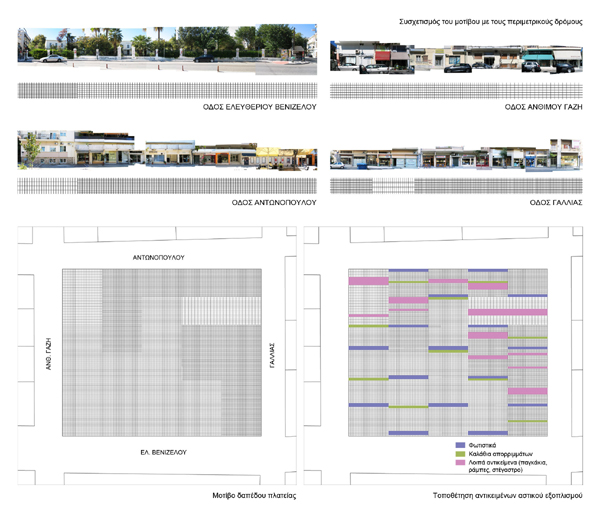
It is characteristic that the system we have created hasn't got specific scale. It acquires scale according to the location it is placed in and its function. While searching for the restrictions we will apply to the system, we focused on the city of Volos.
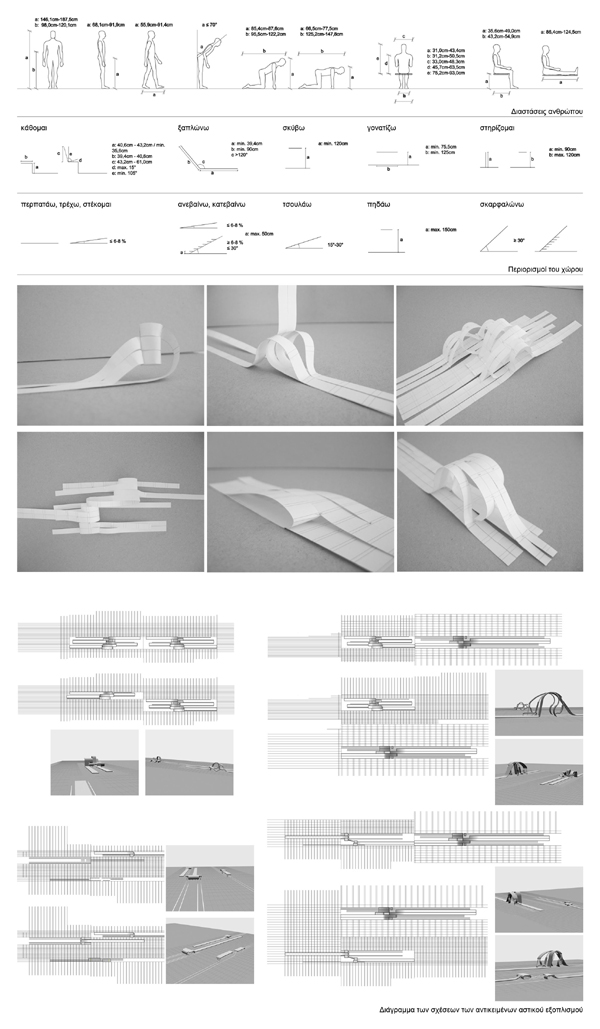
We indicatively chose two different locations, Eleftheria's square and the pier, with aim to examine the difference of the adaption of the system in different scales and programs. In order to make our system more adaptable, so that it can serve different needs, we redefined some rules. First, we evaluated the proportions and the rhythm of the pattern. Despite of the possibility of scale changing, we created the possibility of changing the proportions of the surface, so that the surface gets more adaptable. By changing scale and proportions, the system becomes more flexible, so that it can serve different uses and be adapted in space.
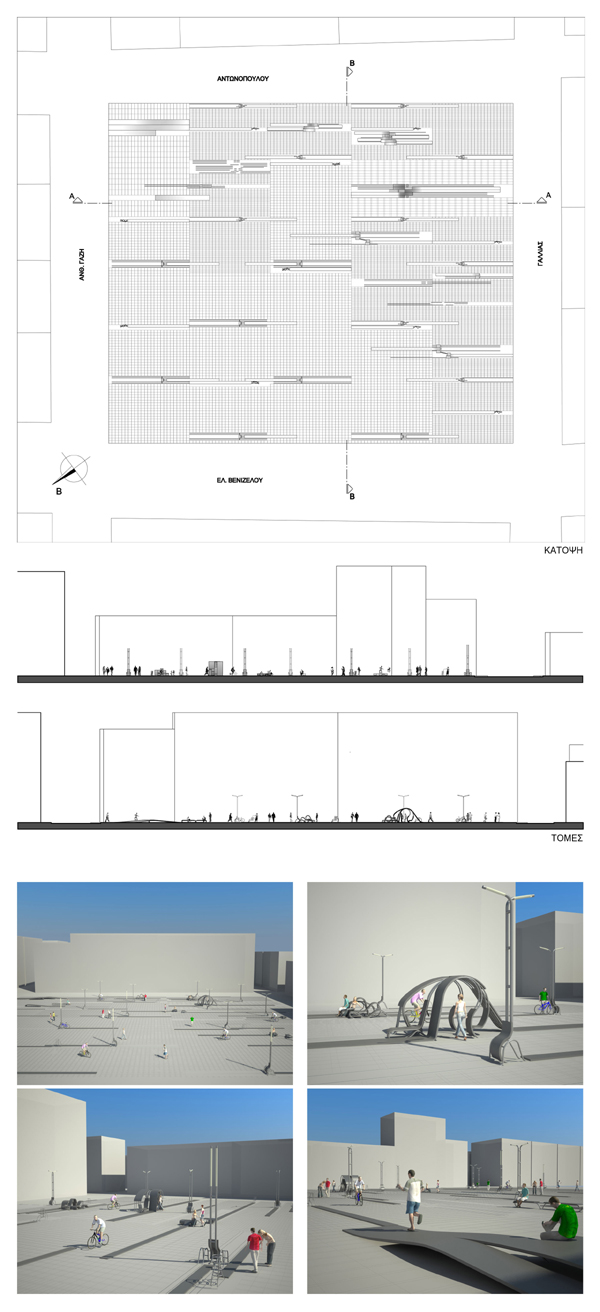
Concerning the pier, we decided to reform the parking area. We, however, chose to concentrate on Eleftheria's square and to focus on a smaller scale, resulting in the construction of objects of urban equipment. In order to redesign Eleftheria's square we took into consideration the position of the site and its uses. We aimed to redesign the square so that it offers alternative choices concerning human action. We noted down some actions which are related to the movement and the attitude of a person in the city. We related these actions with restrictions that refer to space, so that people can perform them. We examine, based on these constrains, how the curved forms, produced by the process of A4, can function in the human scale and serve human action.
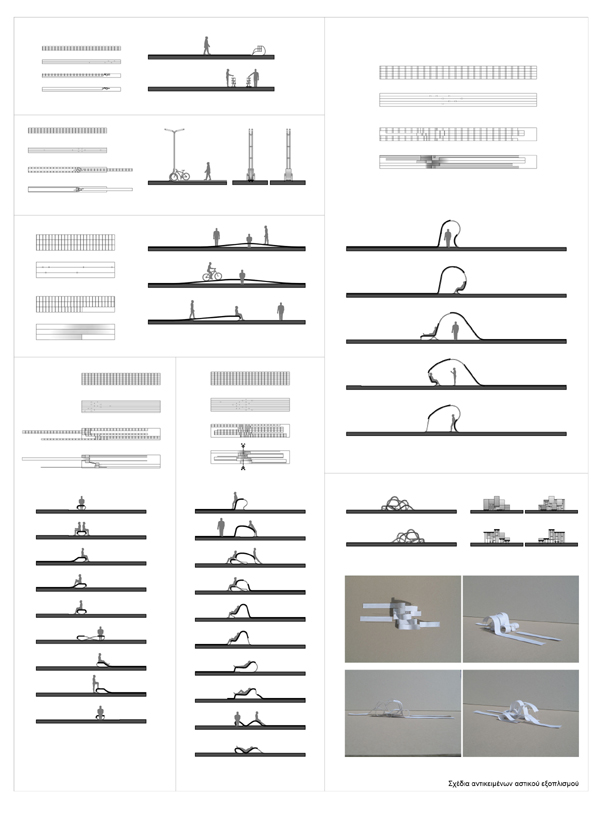
Each object has been emerged from a different pattern according to the function it serves. The horizontal and the vertical lines of the pattern are being translated in grooves on the flooring of the square. The grooves densify or rarefy in the space we want to accumulate the functions, so that the ground can serve different uses. Consequently, the ground of the square is an active flooring which folds and accommodates functions. All the objects, which incorporate the functions of the square, are created by the ground.
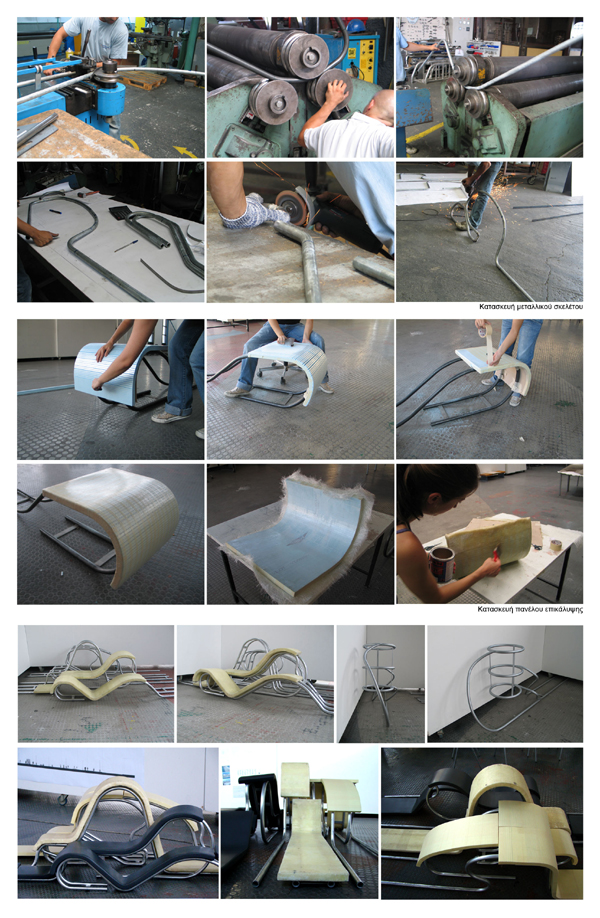
Our aim was to produce forms which incorporate different functions and, at the same time, enable alternative uses for humans. By focusing more on the objects of the square, our project ends in the construction of two objects of urban equipment in large scale.
Related articles:
- Architectural experimentations in the public. ( 07 January, 2009 )
- Art Center in Lamia ( 17 October, 2010 )
- Μemory hole ( 31 October, 2010 )
- Crescendo creators ( 17 September, 2011 )
- “Paramana” Square ( 04 July, 2011 )
- Madrid RIO ( 25 August, 2011 )
- Formation of Central Nikis square, Kozani ( 23 July, 2011 )
- Architectural Competition for the Redesign of the old GSP Area (κ.71117) ( 06 December, 2011 )
- Metropolitan Park in Thessaloniki ( 20 December, 2011 )
- Architectural Competition for the Redesign of the old GSP Area ( 07 January, 2012 )
- Redesigning Klafthmonos Square ( 26 April, 2013 )
- Μultilayered square in Fira, Santorini ( 30 April, 2013 )
- Redesign of the Makedonomachon Square. Subway station ‘Agia Sofia’ ( 18 May, 2013 )
- Next station : Zografou station – Gardenia square ( 08 June, 2013 )
- Model urban agricultural park ( 09 June, 2015 )










